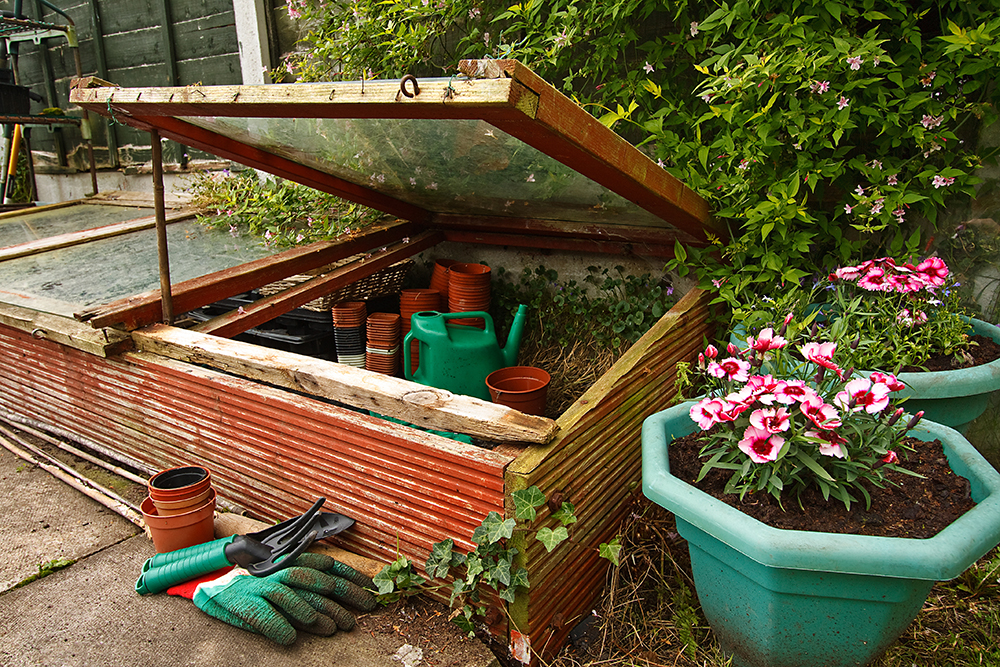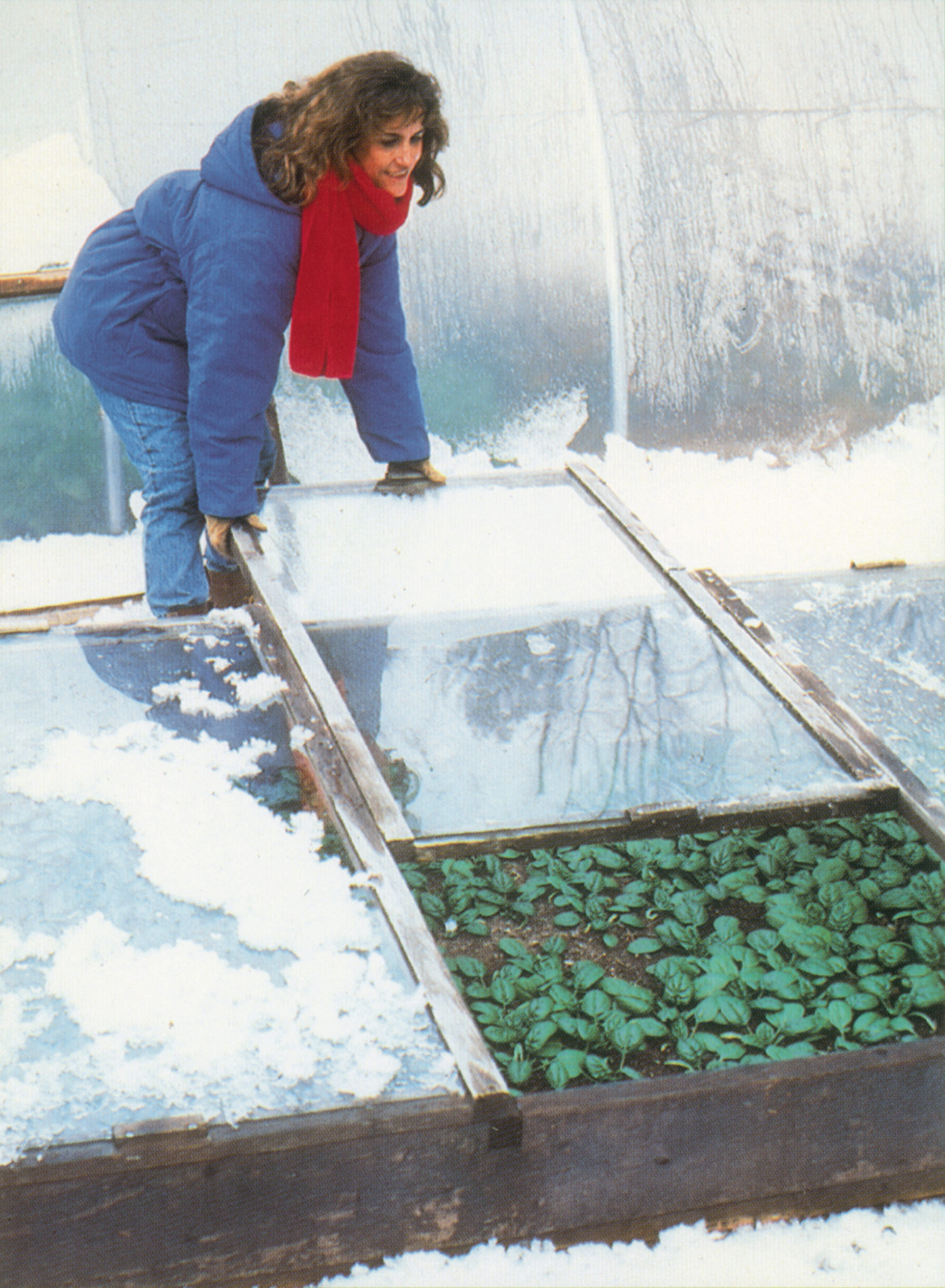What a cold frame is, and why you should have one

A cold frame brings summery warmth to your garden throughout the year, even as the cool days of fall turn to the cold days of winter. The simple apparatus, often made of glass and wood, locks in the sparse sunny rays to keep crops warm while protecting them from the harsh winter winds. When they are set up properly, cold frames can provide you with fresh crops even during the darkest winter days.
“If there were a Nobel Prize for the coolest tool in gardening, it would be the cold frame,” says Eliot Coleman, owner of Four Seasons Farms and author of The New Organic Grower. “One layer of covered glass moves the covered area into a climate zone about 500 miles to the south.”
What is a cold frame?
A cold frame is essentially a miniature greenhouse: a bottomless box with a clear lid that captures sunlight to insulate plants and warm the soil.
It’s different from a greenhouse in one key way: “Unless you’re awful short, you can’t stand up in a cold frame,” Coleman jokes, “but they’re both doing the same thing.”

You can make your own cold frame by fitting an old storm window over a box made from wooden boards. Coleman recommends using 1- or 2-inch thick boards to create a box that is about 8 inches in the front and 12 inches in the back; the slant will provide a good angle for sun to warm up the box. A south-facing cold frame will receive the most sunlight — and the most warmth — throughout the day.
It is also important to properly ventilate your cold frame to keep your vegetables from frying in the sunlight, especially at the tail-end of fall when the seeds begin to germinate and also going into the spring before harvesting.
“If you think about how high the temperature can get during the day and how quickly it can drop at night, it’s a pretty big difference,” says Kate Garland, horticulturist at the University of Maine Cooperative Extension.
She recommends checking the temperature in the cold frame every day. A sliding door or a hinged lid coupled with a stick to prop it open will make it easy to allow some air in when it gets too toasty
What vegetables can be grown in a cold frame?
Any cold-hardy winter plant will thrive in a cold frame, including swiss chard, carrots, scallions, and beets.
Coleman recommends spinach for first-time cold frame farmers. “Spinach is probably the best crop for people to play with,” he says. “It will yield you edible leaves all year long.”
Can I start seeds in a cold frame?
If you aim to start seeds in a cold frame, you want to make sure the plants are well-established before the beginning of November. Coleman recommends planting in the fall, ideally by mid-September. As the days grow shorter during the winter, it will be harder for seeds to establish themselves and thrive.
“If you put seeds in the ground when the growth is slow, even if you have a warm place for them, they take forever to germinate and grow,” Coleman explains.
For homesteaders looking for a foray into winter farming, cold frames are an easy, affordable, Nobel Prize-worthy addition to your home garden for fresh vegetables all winter long.
